With its colorful and transparent appearance resembling crystals or gems, Kohakutou is a traditional Japanese candy that has recently regained popularity in Japan, thanks to its Instagram-worthy qualities. Experience the unique texture of its crispy exterior and jelly-like interior, often referred to as 'edible crystals.'
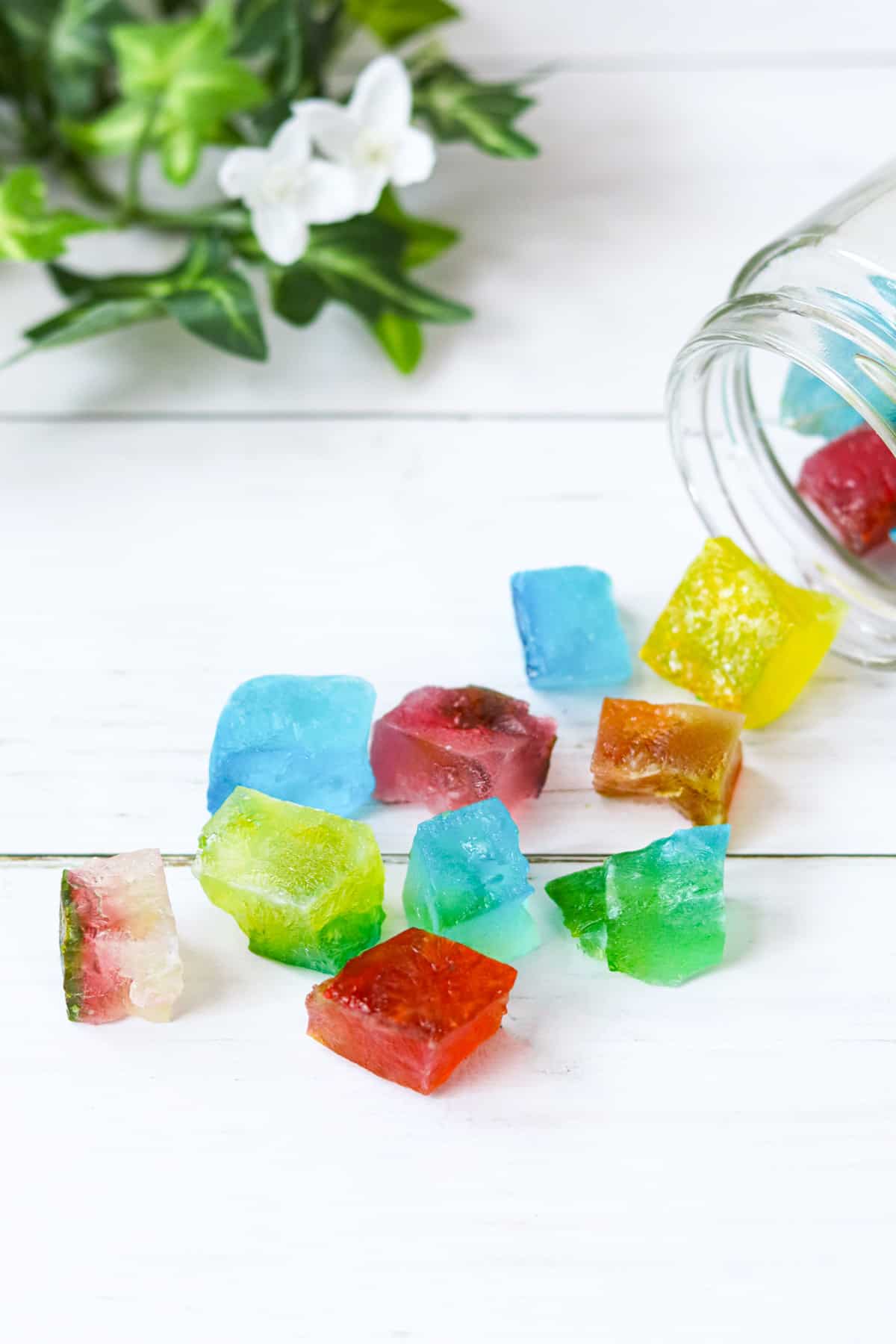
Jump to:
What is Kohakutou?
Kohakutou is a traditional Japanese candy made by dissolving agar-agar (seaweed-based vegetarian gelatin) in water with sugar, then coloring the mixture before drying. "Kohaku" means amber, and "tou" refers to sugar.
This treat has been enjoyed in Japan for centuries and was named as such because it was traditionally colored amber using gardenia pods, a natural dye. It is also known as "Kingyokutou" or "Kingyokukan" because it was as expensive as gold (kin) or gems (gyoku) during a time when sugar was scarce.
It has been a popular candy in Japan for a long time due to its beautiful, clear appearance and is nowadays attracting renewed attention. Beyond its appearance, the texture created by the combination of agar-agar and sugar is unique and one-of-a-kind, making it worth trying.

Coloring process
This Japanese candy achieves a crystal-clear appearance when made without adding any coloring. To achieve a colorful appearance, it is necessary to add coloring ingredients during the preparation process. Commonly used options include:
- Edible food coloring
- Flavored syrups
- Liqueurs
When using flavored syrups or liqueurs, the added flavors contribute to an enjoyable taste. In addition to these options, using black sugar instead of white sugar or substituting tea for water results in a brown finish. In my experience, while juices and fruit extracts add flavor, they contribute little to the color.
A single color is appealing, but you can also use multiple colors to create a gradient effect. Enjoy the vibrant appearance according to your preference.
What shape do you want?
Kohakutou can be made in any form you like. The most common method is tearing it by hand, creating a mineral-like shape. Using a knife will give it a more refined form, while molds allow you to shape this candy into hearts or stars. Feel free to experiment and create it in the shape you desire.

📋Step-by-step recipe
Ingredients
- 2 tsp agar-agar powder
- 10.6 oz granulated sugar (Other types of sugar can also be used, but granulated sugar will give you a more transparent finish due to its high purity.)
- ⅚ cup water
- liquid food coloring, flavored syrups, or liqueurs
Instructions
🕒 Total: 5 days 1 hr 25 mins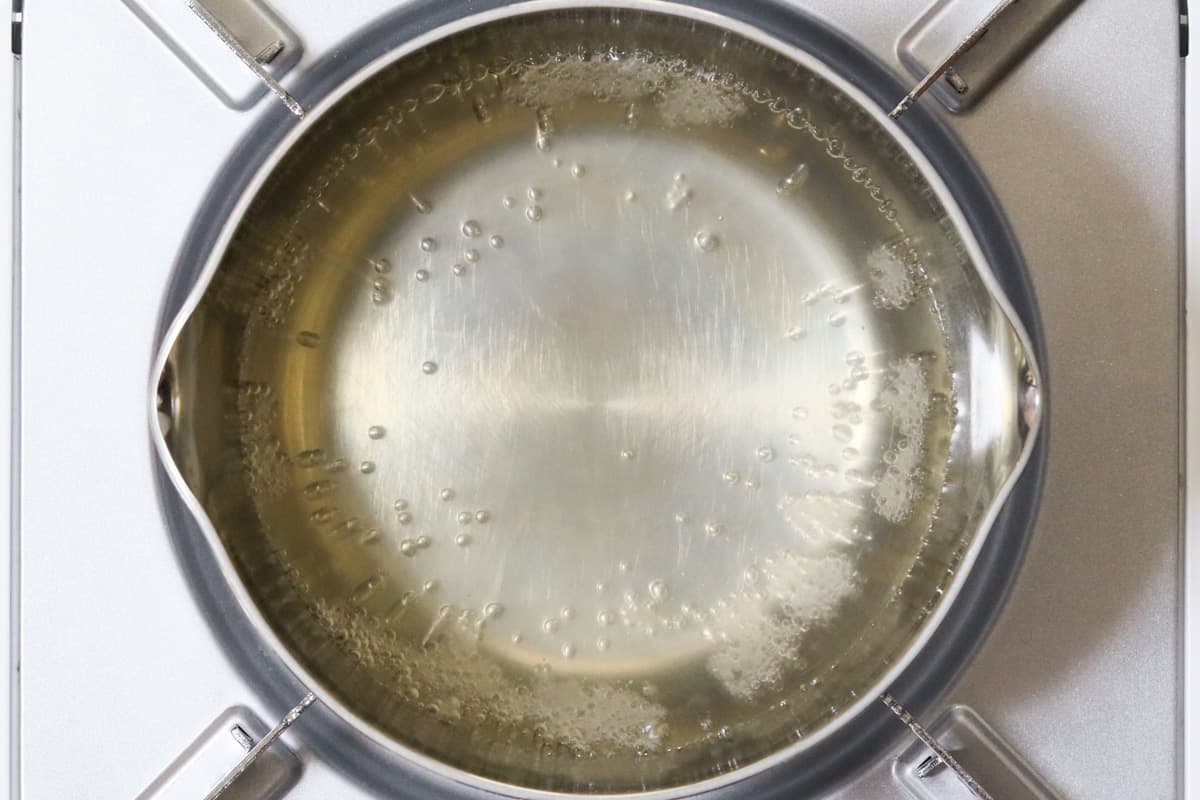
Step 1
Mix water and agar-agar powder in a pot, and bring it to a boil. Once boiling, reduce the heat to low and simmer for about 3 minutes to fully dissolve the agar-agar.
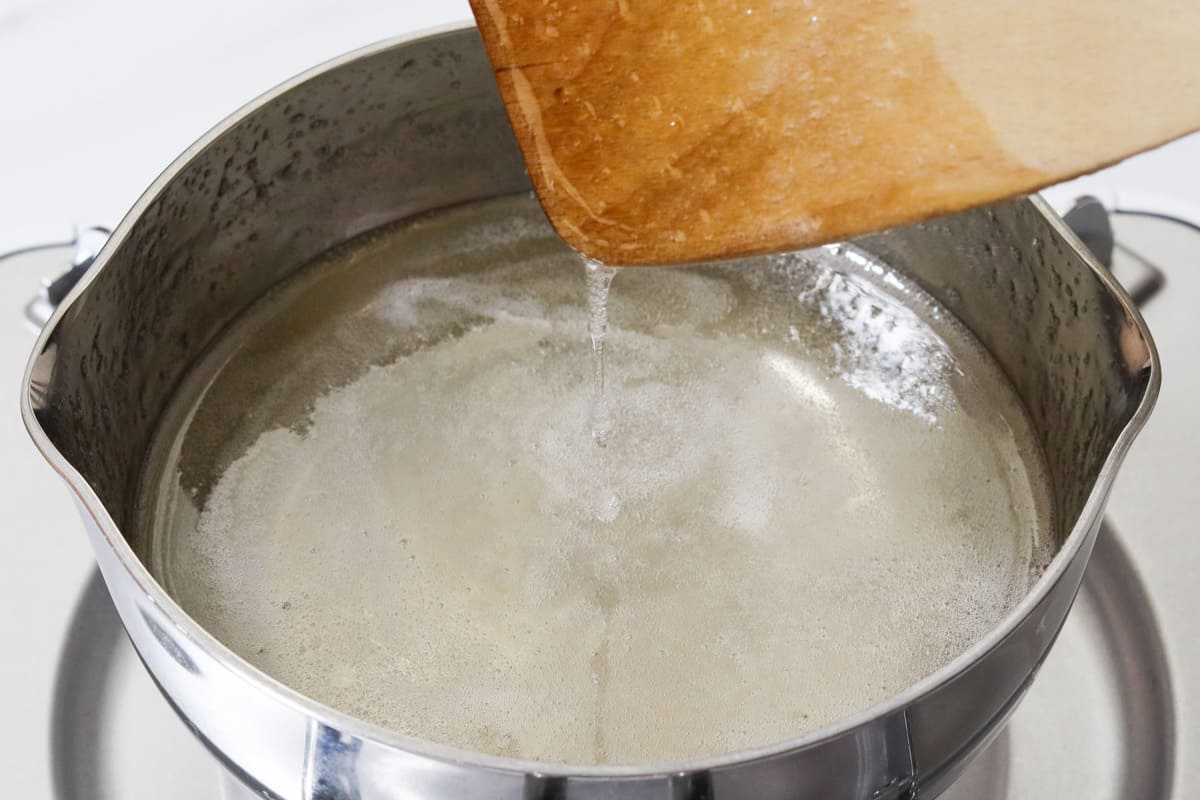
Step 2
Add sugar to the pot and continue simmering for 5-10 minutes, stirring with a spatula until the mixture thickens. The consistency should be thick enough that when you lift the spatula, the mixture forms a string.
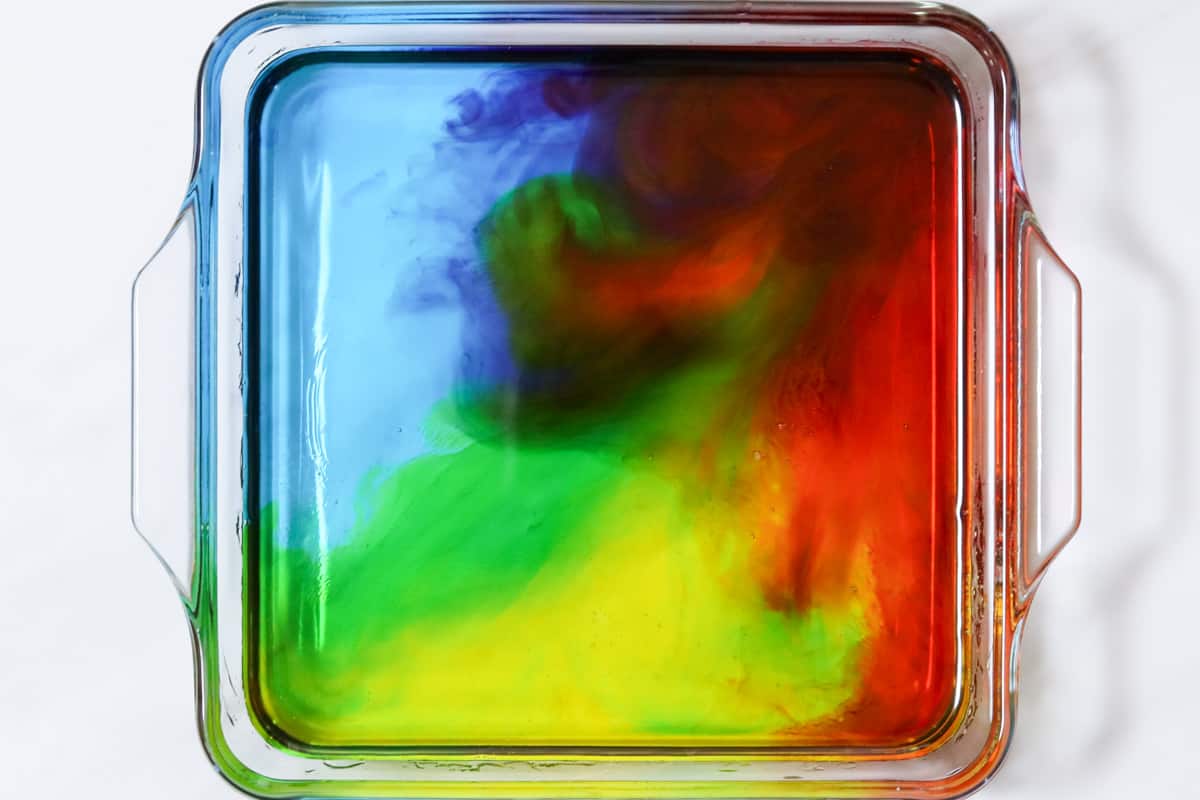
Step 3
Wet the inside of a glass or metal container and pour the liquid mixture into it. If there is any white foam or bubbles on the surface, remove them with a spoon. Add a few drops of food colorings (or flavored syrups or liqueurs) in several colors at intervals and gently stir each spot with a skewer or spoon. Then, let it chill in the refrigerator for an hour.
Note: To create a marbled pattern, wait for about 10 minutes until the mixture cools slightly, then gently stir near the color border.

Step 4
Cut the solidified mixture into your desired shapes using your hands, a knife, or molds, and arrange the pieces on parchment paper, ensuring they do not overlap. Allow them to dry in a well-ventilated room until the surface firms up and develops a frosted glass-like appearance.
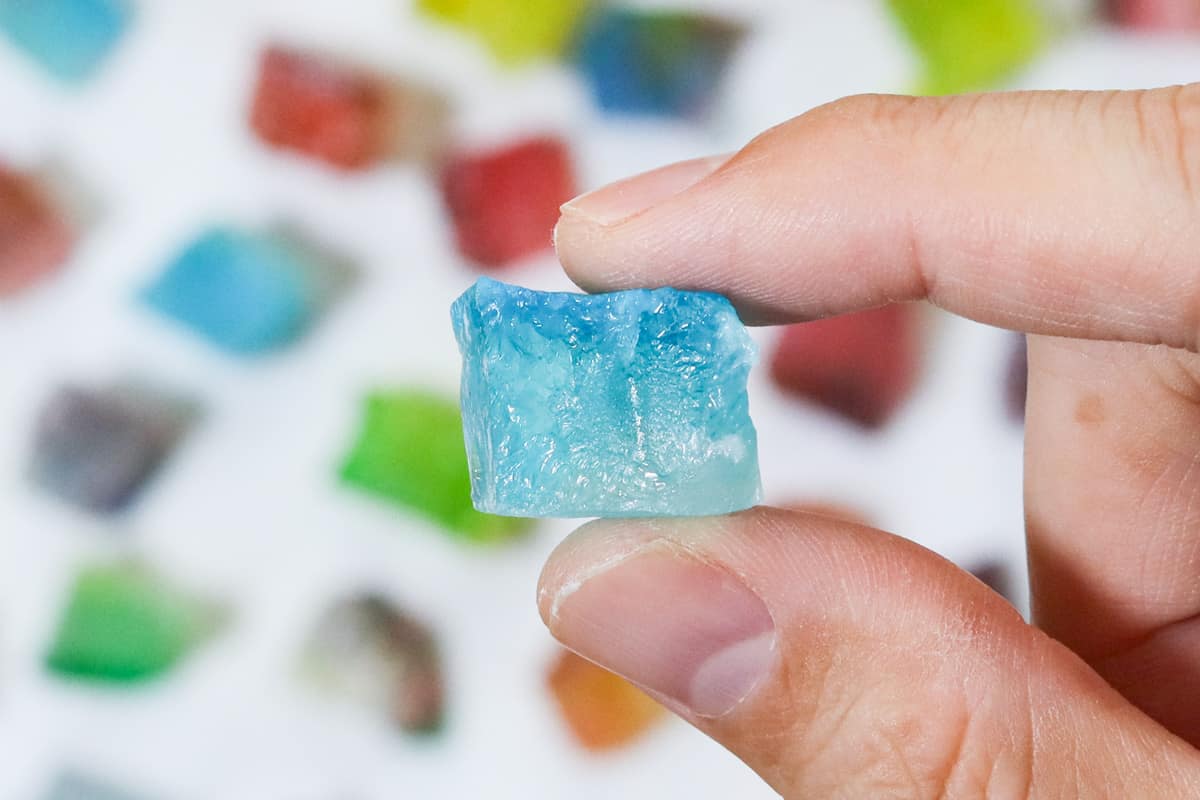
Step 5
Once the surface of the pieces has firmed, flip them over and continue the drying process until the other side also firms up. The total drying period is approximately 5 to 7 days.
To store
You can store it at room temperature for up to 2 weeks. Avoid refrigerating it, as condensation may cause mold growth.
Tips on how to make
- It is recommended to measure sugar by weight rather than by cup. This is because the density of sugar varies significantly depending on the type used (granulated sugar, powdered sugar, etc.), which can lead to a considerable difference in weight even with the same 1-cup measurement. Additionally, using an insufficient amount of sugar may cause kohakutou to fail to crystallize properly and remain unset.
- Wet the glass or metal pan with water before use. This will help prevent the mixture of water, agar-agar, and sugar from sticking to the pan. Alternatively, you can also place parchment paper on it instead of moistening.
Factors that prevent proper solidification and how to deal
To achieve a candy-like texture on the outside of kohakutou, it is crucial to dry it thoroughly. This recipe suggests drying it for 5-7 days, but if it still doesn't set, consider waiting for up to 10 days.
When it doesn't solidify, regardless of how long you dry it, there might be issues in the preparation process. If the agar-agar hasn't fully dissolved or if the amount of sugar is insufficient, it may fail to crystallize properly and remain unset.
Additionally, inadequate mixing during the coloring phase can lead to retained moisture, making it difficult to solidify. To ensure successful creation, it is important to use the right ingredients and follow the procedures.
If you try this recipe, I’d love to hear what you think. Please consider leaving a review and star rating in the comments below. If you enjoyed it, I’d really appreciate it if you shared it with your friends.
Recipe card
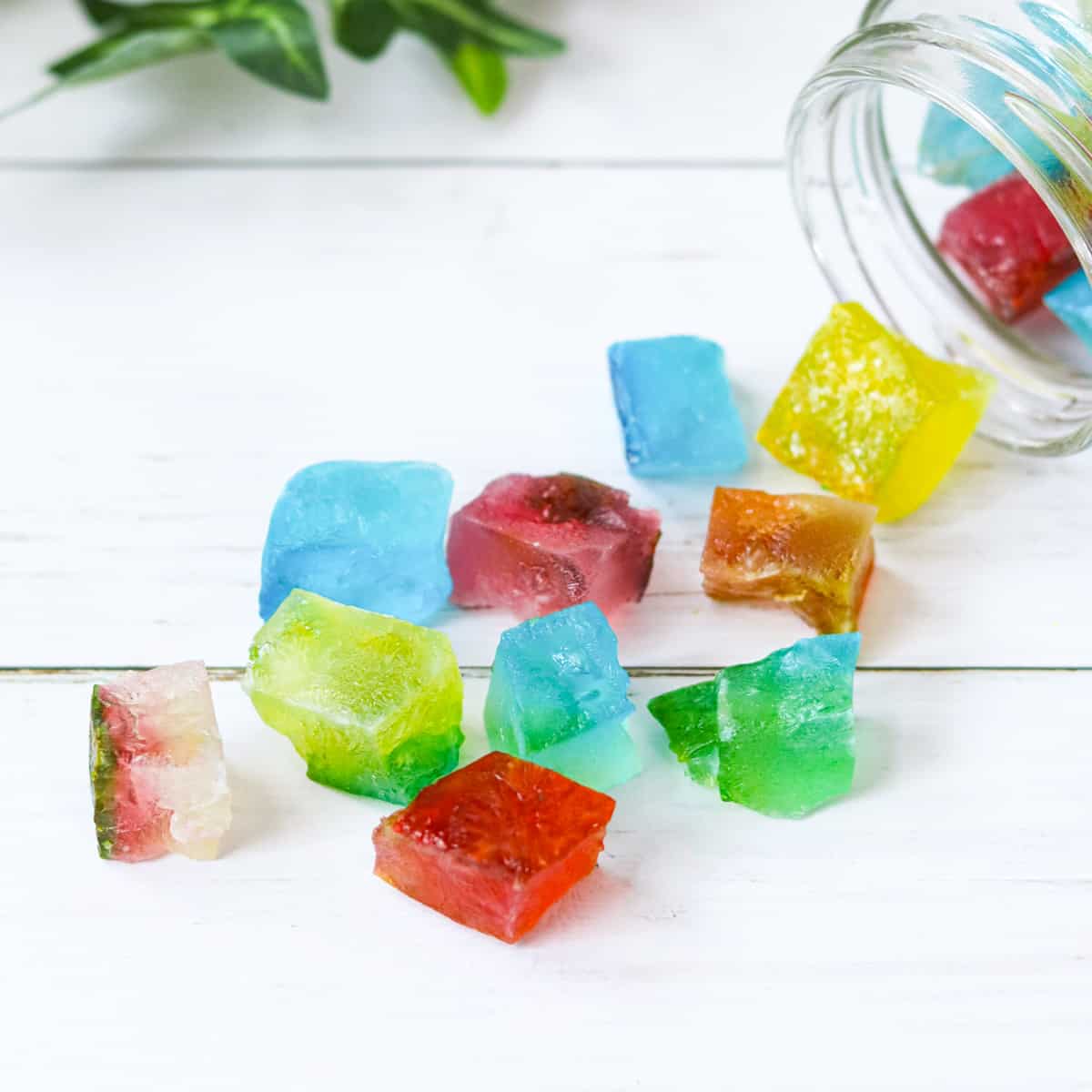
Kohakutou (Edible Crystal Candy)
Ingredients
- 2 tsp agar-agar powder
- 10.6 oz granulated sugar (Other types of sugar can also be used, but granulated sugar will give you a more transparent finish due to its high purity.)
- ⅚ cup water
- liquid food coloring, flavored syrups, or liqueurs
Instructions
- Mix water and agar-agar powder in a pot, and bring it to a boil. Once boiling, reduce the heat to low and simmer for about 3 minutes to fully dissolve the agar-agar.
- Add sugar to the pot and continue simmering for 5-10 minutes, stirring with a spatula until the mixture thickens. The consistency should be thick enough that when you lift the spatula, the mixture forms a string.
- Wet the inside of a glass or metal container and pour the liquid mixture into it. If there is any white foam or bubbles on the surface, remove them with a spoon. Add a few drops of food colorings (or flavored syrups or liqueurs) in several colors at intervals and gently stir each spot with a skewer or spoon. Then, let it chill in the refrigerator for an hour.Note: To create a marbled pattern, wait for about 10 minutes until the mixture cools slightly, then gently stir near the color border.
- Cut the solidified mixture into your desired shapes using your hands, a knife, or molds, and arrange the pieces on parchment paper, ensuring they do not overlap. Allow them to dry in a well-ventilated room until the surface firms up and develops a frosted glass-like appearance.
- Once the surface of the pieces has firmed, flip them over and continue the drying process until the other side also firms up. The total drying period is approximately 5 to 7 days.
Notes
- You can store it at room temperature for up to 2 weeks. Avoid refrigerating it, as condensation may cause mold growth.

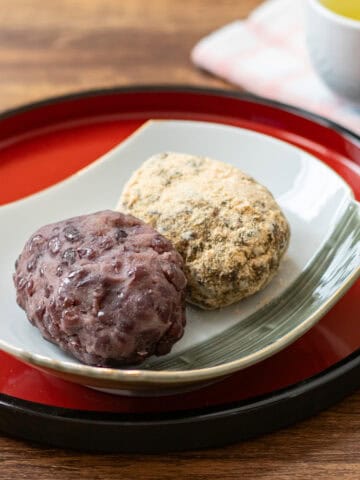
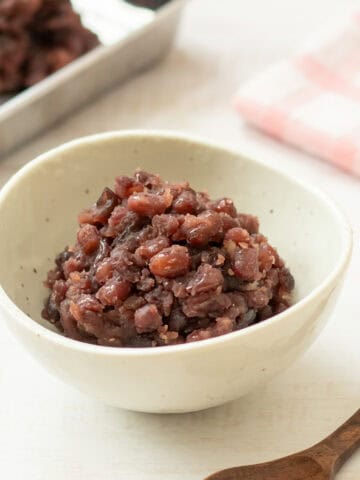
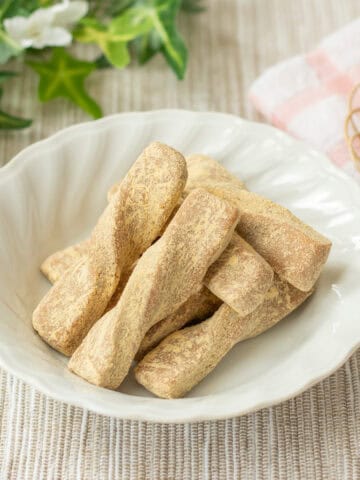
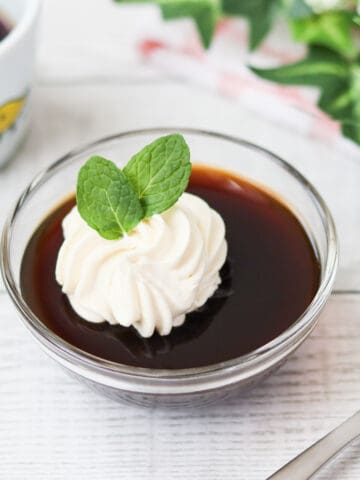
Leave a Rating and a Comment